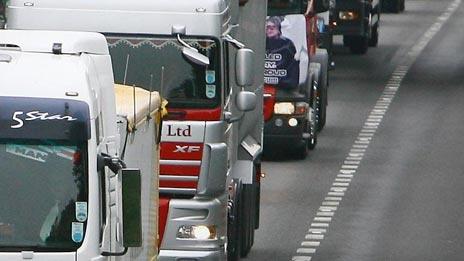A9 average speed cameras 'have reduced speeding'
- Published
Cameras have been installed at 27 sites along the A9
The number of drivers caught speeding on the A9 has fallen dramatically since average speed cameras were introduced, according to new figures.
The controversial camera system, which stretches from Dunblane to Inverness, went live in October.
Despite critics claiming it would have little effect on safety, the A9 Safety Group said the cameras had a positive influence on driver behaviour.
Opponents argue that the cameras disrupt traffic flow on the road.
The A9 Safety Group, which involves Transport Scotland, police and road maintenance companies, said overall speeding was down from about one in three drivers to one in 20.
It added that the cameras - which have been introduced at 27 locations between Dunblane and Inverness - had detected 298 vehicles exceeding the speed limit over the first three months.
Police Scotland said 2,493 offences had been recorded over the same period the previous year.
Journey times
The safety group said excessive speeding - where drivers were traced travelling at more than 10mph above the speed limit - had fallen by 97%.
An associated pilot scheme allowing lorries to go at 50mph, which is 10mph faster than the national limit, has helped to reduce journey times, it added.
Average journey times between Perth and Inverness have increased by up to 14 minutes, according to the new report. Journey times were "slightly higher" in December, it said.
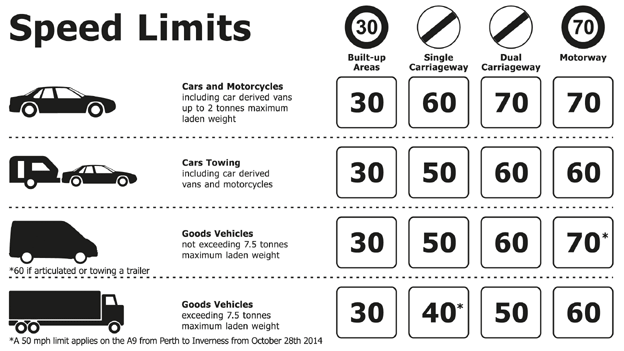
A Transport Scotland sticker showing speed limits on the A9
Stewart Leggett, chairman of the A9 Safety Group, said the figures from the first three months of the camera scheme and HGV speed limit pilot were "very encouraging".
He said: "Drivers are clearly paying heed and moderating their speed, and we welcome this positive contribution to road safety on the A9.
"All the early findings on speed, journey time and journey time reliability are in line with our predictions, while traffic volumes on the A9 are remaining higher than in 2013, with no evidence of drivers diverting onto other routes.
"The low number of drivers being detected by the cameras and the speed profiles from along the route indicates the early effectiveness of the cameras in improving behaviour.

The new camera system went live in October 2014
"But the A9 would be safer still if every driver observed the limits."
Ch Supt Iain Murray, head of road policing at Police Scotland, said the cameras had influenced driver behaviour.
Road Safety Scotland and the Road Haulage Association have also welcomed the results.
Neil Greig, of the Institute of Advanced Motorists, told BBC Scotland that he was "very pleased the cameras were working".
He said: "It is going to take over 10 years to dual the entire A9 from Perth to Inverness. During that time we did need to do something about the road safety record of that road."
Single carriageway'
The £3m camera scheme has been installed while work is progressed to upgrade single carriageway stretches of the A9 between Inverness and Perth to dual carriageway.
The Scottish government hopes to upgrade the whole length of the A9 to dual carriageway by 2025.
The £3bn project involves the upgrade of 80 miles of single carriageway. The road south of Perth is dual carriageway.

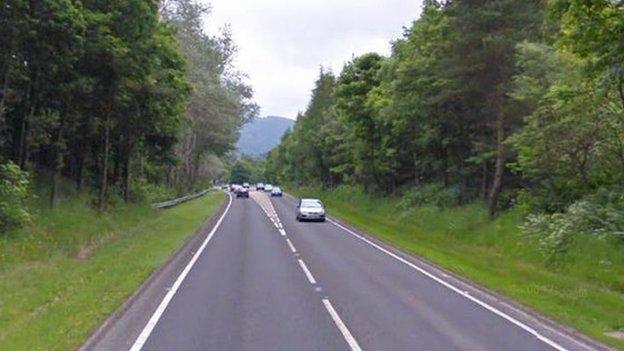
Cameras will be installed at 27 sites in the £2.5m project
On the road
Steven McKenzie, Highlands and Islands reporter
"Are we nearly there yet?" one of my kids will inevitably shout from the back seats five minutes into an almost four-hour drive from Inverness to Glasgow.
There are a number of stock replies from the front, such as: "No. And just be happy you have your wee TVs and videos to watch. We didn't have those in our day."
The journey is usually punctuated with other constant questions: "Is this the long bit of dual carriageway, or the short one?" "Why is he overtaking now???"
Driving the A9 is never something that is looked forward to. It is a long and frequently busy road. Whether you are travelling on it at nine at night, or two in the morning, there are always cars, or cars towing caravans, or big motor homes towing cars, as well as vans and lorries.
The road has acquired an almost mythical infamy. Even people who have never driven it will tut and mutter about journey times and how dangerous it is.
Sorting out the A9 was never going to be easy, or cheap.
Installing the average speed camera system has cost £3m, while dualling the road all the way from Inverness to Perth involves a mammoth programme of work that will run to an estimated £3bn.
There are some who argue that the road should not be upgraded at all and the investment should go on the rail network instead.
The completion of the dual carriageway project by 2025 should bring an end to some of the questions about journeys on A9 - although "are we nearly there yet?" is unlikely to ever go away.

The cameras keep watch for any cars breaking the 60mph speed limit on the single carriageway sections.
In the past three months there have been no fatalities on the parts of the A9 covered by the cameras and overall the accident rate is down.
But the system has attracted strong criticism.
Mike Burns, spokesman for A9 Average Speed Cameras Are Not the Answer, said his group had looked at details of more than 100,000 accidents on the road since 2004.
He said: "Only 2% were determined to be down to speeding and the rest were down to incidents of, for example, foreign drivers being on the wrong side of the road, poor overtaking and right-turn manoeuvres over dual carriageways.
"If these cameras were such a success, why is the A9 Safety Group now considering shutting right turns to stop right-turn accidents?
"The cameras were meant to be the be all and end all of all accidents, but they simply are not."
- Published28 October 2014
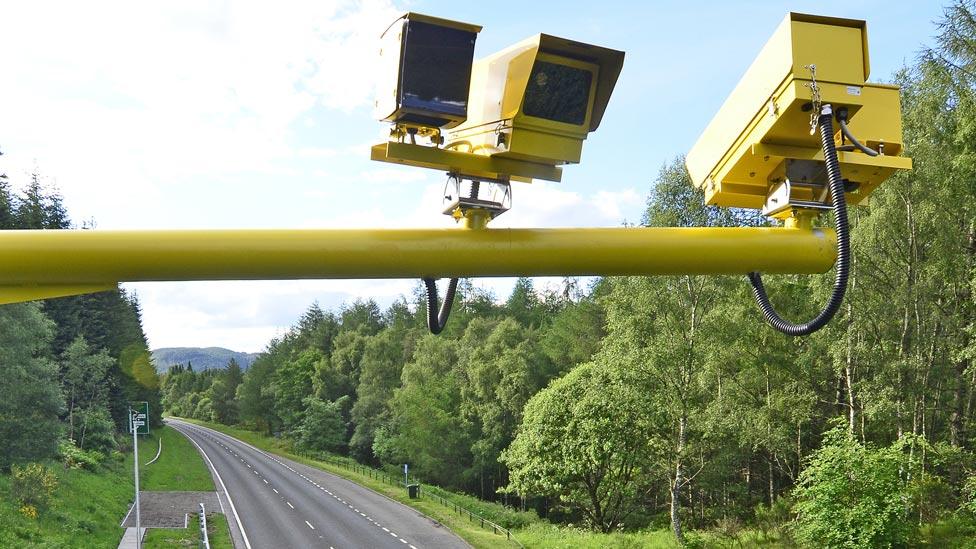
- Published9 October 2014

- Published15 September 2014

- Published18 June 2014

- Published27 May 2014

- Published1 April 2014
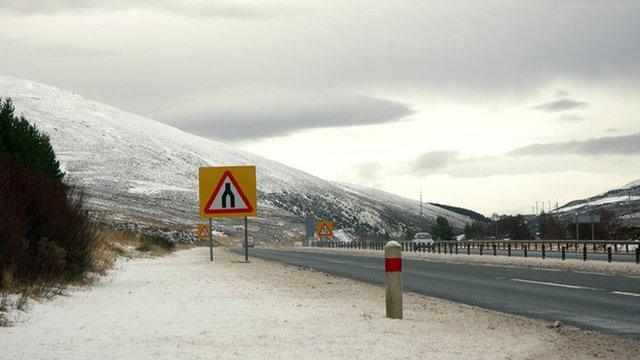
- Published28 March 2014

- Published28 February 2014

- Published25 February 2014
